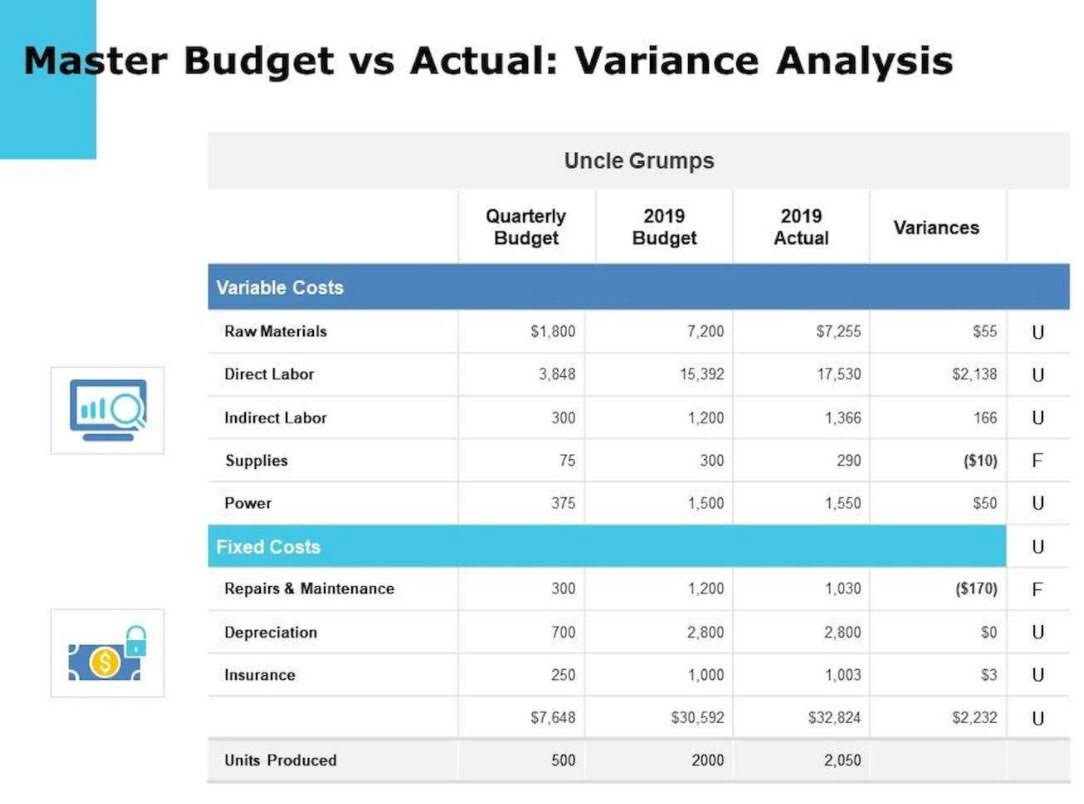
The bond’s principal is divided up according to the security’s amortization schedule and paid off incrementally (often in one-month increments). The bond amortization schedule displays each payment over the bond’s life, detailing the portion allocated to interest, principal, and the remaining balance after each payment. While fully amortized bonds offer several advantages, they also come with certain drawbacks that investors should consider. Treasury bonds or corporate bonds, understanding how amortized bonds work can help investors make informed decisions and build a diversified portfolio. By considering the advantages Certified Bookkeeper and mechanics of amortized bonds, investors can harness the power of these financial instruments to achieve their financial goals. The accounting method under which revenues are recognized on the income statement when they are earned (rather than when the cash is received).

Amortizing Bond Premium with the Effective Interest Rate Method
Likewise, a 9% bond will become more valuable if market interest rates decrease to 8%. When the financial condition of the issuing corporation deteriorates, the market value of the bond is likely to decline as well. By following this process, we can calculate each year’s interest payment, principal repayment, and outstanding balance, resulting in the amortization schedule provided. This is the method typically used for bonds sold at a discount or premium. And, as noted earlier, it is often auditors’ preferred method to amortize the discount on bonds payable. This method determines the different amortization amounts that need to be applied to each interest expenditure within each calculation period.

Journal Entries for Interest Expense – Annual Financial Statements
This means that the corporation will be required to make semiannual interest payments of $4,500 ($100,000 x 9% x 6/12). Companies may also issue amortized bonds and use the effective-interest method. Rather than assigning an equal amount of amortization for each period, effective-interest computes different amounts to be applied to interest expense during each period. Under this second type of accounting, the bond discount amortized is based on the difference between the bond’s interest income and its interest payable. Effective-interest method requires a financial calculator or spreadsheet software to derive.
- The investors fear that when their bond investment matures, they will be repaid with dollars of significantly less purchasing power.
- It allows issuers to treat the bond discount as an asset over the life of the bond until its maturity date.
- The price of a bullet bond hovers around the par value unless there is a default.
- This means that the bondholder will receive a payment of $237.40 every year, divided between the interest payment and the principal repayment.
- This means that the bondholder receives a lower interest payment each time, as the interest is calculated based on the remaining principal.
- Fully amortized bonds possess several key characteristics that distinguish them from other debt securities.
Auditing in the digital age: Assessing risk with AI precision
- This rate remains constant throughout the life of the bond and is used to calculate the interest portion of each payment.
- Prepayment risk is the risk that the issuer will have to repay the bond earlier than expected, which may result in a loss of future interest income.
- In other words, the additional $500 every six months for the life of the 9% bond will mean the bond will have a market value that is greater than $100,000.
- We focus on financial statement reporting and do not discuss how that differs from income tax reporting.
- Negative amortization (also called deferred interest) occurs if the payments made do not cover the interest due.
- Investors should carefully assess their risk tolerance and inflation expectations before committing to amortized bonds.
- The price of a bullet bond equals the present value of the annuity of coupon payments plus the present value of the maturity payment.
The calculations for an amortizing loan are those of an annuity using the time value of money formulas and can be done using an amortization calculator. Some issuers may impose penalties if investors choose to redeem the bond before its maturity date. This can reduce the overall return on investment and limit the investment’s flexibility. Fully amortized bonds possess several key characteristics that distinguish them from other debt securities.
Amortized Bond
Still not much toward a total principal loan balance of $200,000 but making some progress in retiring the debt. At the end of year one, you have made 12 payments, most of the payments have been towards interest, and only $3,406 of the principal is paid off, leaving a loan balance of $396,593. The next year, the monthly payment amount remains the same, but the principal paid grows to $6,075. net sales Now fast forward to year 29 when $24,566 (almost all of the $25,767.48 annual payments) will go towards principal. Free mortgage calculators or amortization calculators are easily found online to help with these calculations quickly.
- The existing bond’s semiannual interest of $4,500 is $500 less than the interest required from a new bond.
- This diversification strategy helps to minimize the impact of a potential default or downgrade of a single bond.
- This method determines the different amortization amounts that need to be applied to each interest expenditure within each calculation period.
- First, let’s assume that a corporation issued a 9% $100,000 bond when the market interest rate was also 9% and therefore the bond sold for its face value of $100,000.
- Fully amortized bonds offer several advantages, making them an attractive investment option for many individuals and institutions.
Can the bond amortization calculator be used for bonds with irregular payments?

Under this method of accounting, the bond discount that is amortized each year is equal over the life of the bond. When choosing between amortized bonds and bullet bonds, it’s essential to consider factors such as your time horizon, interest rate expectations, risk tolerance, and the need for diversification. By carefully evaluating these factors and understanding the unique characteristics of each bond type, you can make an informed decision that aligns with your investment goals and objectives. Suppose you are a retiree with a relatively short time horizon and a low tolerance for risk. By investing in amortized bonds, you can receive a steady income stream to meet your financial needs without worrying about potential fluctuations in the bond market. Additionally, if you expect interest rates to remain low, amortized bonds can provide a consistent return while preserving your capital.
What is the bond amortization schedule?
- The transparency provided by the amortization schedule allows investors to track the progress of their investment, providing peace of mind and clarity.
- When the financial condition of the issuing corporation deteriorates, the market value of the bond is likely to decline as well.
- Amortized bonds are a popular investment option for many individuals and institutions due to their unique features and benefits.
- For the past 52 years, Harold Averkamp (CPA, MBA) hasworked as an accounting supervisor, manager, consultant, university instructor, and innovator in teaching accounting online.
- An amortizing bond pays off a portion of the principal along with the interest payments throughout the life of the bond, while a bullet bond pays the entire principal at maturity.
- Use the semiannual market interest rate (i) and the number of semiannual periods (n) that were used to calculate the present value of the interest payments.
As we can see from the table, the interest payment decreases as the principal payment remains constant. The bondholder receives a total of $54,600 in interest and amortizing bonds $100,000 in principal over the 10-year period. As we can see, the bond pays a constant amount of $3,750 every six months, but the interest payment decreases and the principal payment increases over time. The bondholder receives a total of $75,000 in interest and $100,000 in principal over the bond’s life.
No responses yet